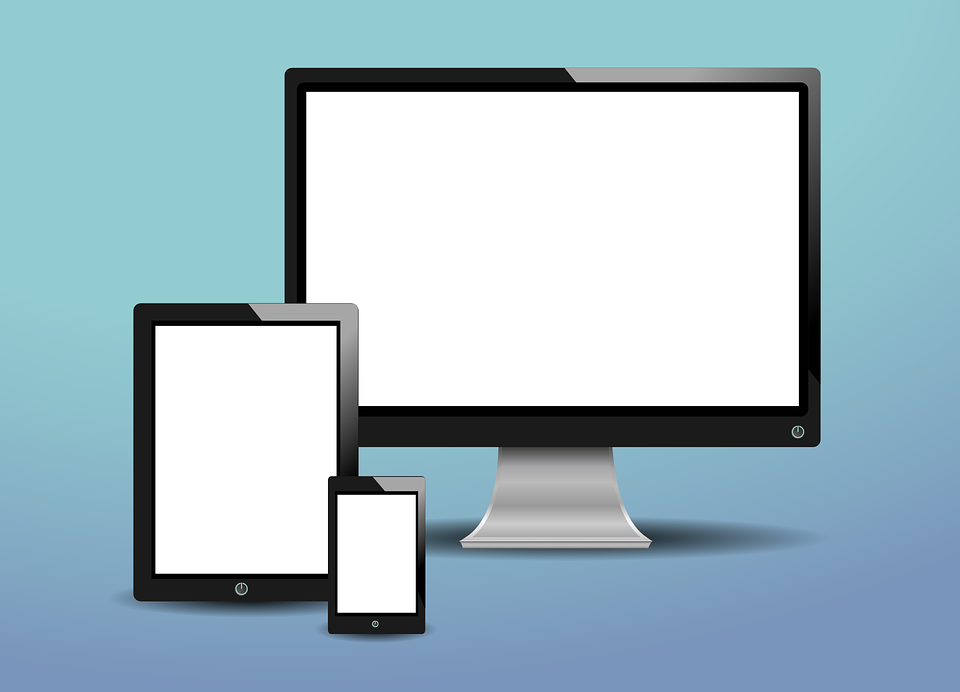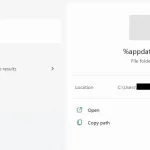An end system is a device that is connected directly to the internet. An end system can be any type of machine. The most important thing about an end system is its role in the internet’s architecture: they are responsible for connecting you to content on the web and determining what data gets sent where. Read on for more details about what exactly an end system entails and why it’s important!
Although the Internet has evolved into a centerpiece of modern society, it is still essential that users utilize end systems to communicate and send information over networks. End systems come in many shapes and sizes, and they may be used for anything from processing customer orders to posting photographs of a family vacation.
A complete end system has an IP address and is directly reachable on the internet through that IP address: it can accept incoming connections and establish outgoing connections with other end systems without the use of NAT (Network Address Translation).

Table of Contents
Examples of End Systems
PCs
A personal computer is an example of an end system. A computer has applications that individuals may use to perform activities such as reading emails, surfing the web, uploading files, and so on.
People can also connect cameras to the Internet as end systems, as seen when they utilize webcams to talk to one another.
Desktops and laptops are end systems that can be used to view websites, send emails, and do other activities on the web. When you open a website or an email in Chrome or Outlook, there are actually several different interconnected end systems that handle the different stages of processing this information.
For example, when you browse a site with your browser it takes place between many devices: your computer sends out requests to a web server that processes this information and then returns data back for your browser to display.
Phones & Tablets
Mobile phones are another type of end system that has become increasingly common today. Their small screens allow people to share photos instantly via services such as Instagram, send text messages, connect with their contacts on social media, and more.
Like desktops and laptops, mobile phones are end systems that allow people to interact with the web. A phone communicates with a wireless network through its built-in antennae, which then sends information over radio waves for other devices to use (such as when you send an email or post on Facebook).
Tablets are essentially larger mobile phone screens. People use their tablets to surf the web, watch movies on Netflix, play games on Facebook, and so much more.
Servers
Other end systems, on the other hand, do not directly interact with users but do assist in Internet communication. Data servers that are accessible to third parties, including email and websites, fall within this category.
Users interact with such end systems via their own computers, which communicate with the server to access and exchange data. The Internet architecture is made up of end systems linked together to form an interconnected network that allows people all over the world to communicate through a variety of platforms.
Routers
A router is not totally considered as an end system but somewhere between.
The primary function of a router is to receive incoming packets on an interface and forward them out to another interface based on information in the packet’s header (e.g., source address, destination address).
Routers can be distinguished from regular hosts by their ability to route traffic: while all routers must have at least two interfaces attached, they also need to have special software installed that allows them to make decisions about where packets sent by applications get forwarded.
For example, a router may choose to only send certain types of traffic (e.g., web traffic) out of one interface and all other traffic (e.g., file sharing) out of another interface.





